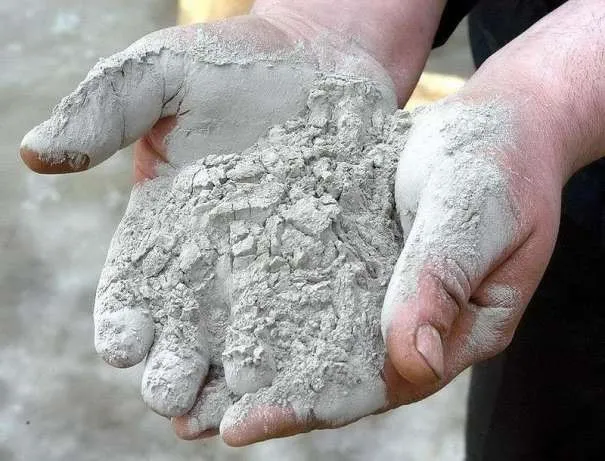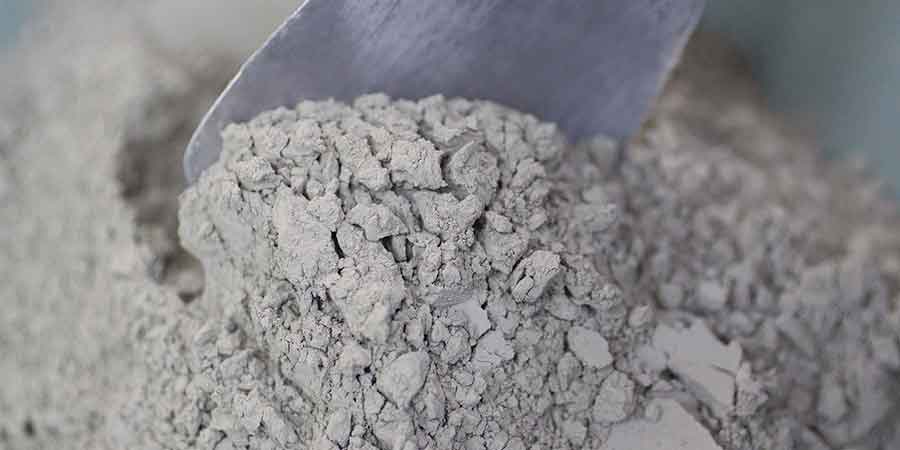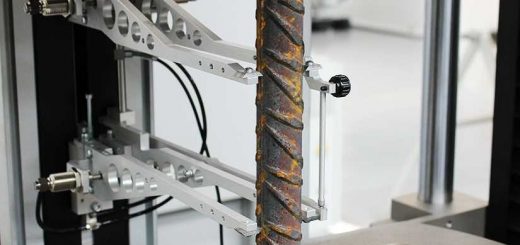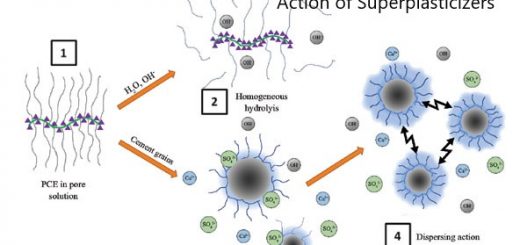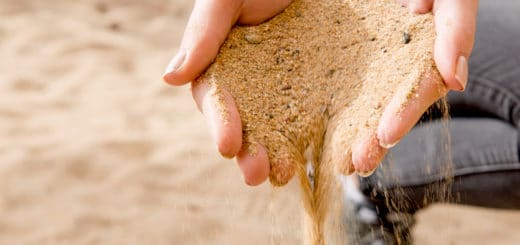Everything You Need to Know About Portland Cement
Portland cement is a type of cement that is used as the binding agent in concrete. It is made by heating limestone and clay to high temperatures in a kiln. Portland cement was invented in 1824 by Englishman Joseph Aspdin and patented in 1825. The name comes from its similarity to the stone quarried on the Isle of Portland, Dorset, England.
Portland cement is one of the most widely used high-carbon cement in use today because it has a large amount of silica that makes up 13% of its weight. Portland cement’s low heat of hydration is a major reason why it is so widely used. In general, Portland cement has a heat of hydration of less than 400 degrees Fahrenheit, but some types have a heat of hydration as low as 225 degrees Fahrenheit. The silica also helps to make Portland cement highly workable allowing it to be poured into forms such as concrete and tile Portland Cement.
What is Portland Cement?
Portland cement is a type of cement that is used in construction. It is a binder, which sets and hardens independently, and it is the most common type of cement in general use around the world.
Portland Cement can be made from either limestone or clay. The limestone version is called “caliche” while the clay version is called “portland”.
The main difference between portland and caliche types of cement lies in their chemical composition. The former has a lower content of calcium oxide (CaO) but higher content of silicon dioxide (SiO2). Portland Cement also has a higher content of alumina (Al2O3), iron oxide (Fe2O3), and magnesium oxide (MgO) than does Caliche.
The four main clinker compounds, C3S, C2S, C3A, and C4AF, as well as the gypsum added after grinding, make up Portland cement. The various proportion of the component can be altered to make different types of cement.
The typical composition of each type of component can approximately be presented as follows. However, depending on the type of cement this ratio will vary.
| Oxide constituent | Oxide composition and abbreviation | Average weight (%) |
| Tricalcium silicate | 3CaO·SiO2 (C3S) | 40–60 |
| Dicalcium silicate | 2CaO·SiO2 (C2S) | 13–50 |
| Tricalcium aluminate | 3CaO·Al2O3 (C3A) | 4–11 |
| Tetracalcium aluminoferrite | 4CaO·Al2O3·Fe2O3 (C4AF) | 7–13 |
| Others | 7–10 |
Also based on the different compositions various types of Portland cement types can be made. The following table indicates the cement types based on the ASTM standards.
| ASTM type | Description | C3S | C2S | C3A | C4AF | CS̄2 |
| I | General purpose | 55 | 17 | 10 | 7 | 6 |
| II | Moderate sulfate resistant | 55 | 20 | 6 | 10 | 5 |
| III | High early strength | 55 | 17 | 9 | 8 | 7 |
| IV | Low heat of hydration | 35 | 40 | 4 | 12 | 4 |
| V | Sulfate resistant | 55 | 20 | 4 | 12 | 4 |
How to make a Portland Cement
Portland cement is a type of building material that is made from limestone, sand, clay, and other materials. The process of making Portland cement starts with the heating of limestone and clay in a kiln. The heated materials are then ground into a powder. This powder is mixed with water to form a slurry (a liquid mixture). The slurry is then poured into steel molds where it hardens and takes on the shape of the mold.
The production of Portland cement involves eight key steps:
1. Calcining limestone to heat it to 2,550°F (1,270°C).
2. Adding ground coal to the lime.
3. Heating the mixture in a kiln at 1,800-2,000 degrees Celsius until it is a white powdery mass that can be formed into blocks or poured into molds and left for 24 hours to set.
4. Grinding the powder into a fine and consistent material.
5. Sifting/screening to remove any coarse particles or pieces of other ingredients that may be present in the cement.
6. Pour water into the mixture to replace any of the original liquid that was lost during grinding, so that it is the desired consistency (between 10% and 20% by weight).
7. Drying or calcining until 80% moisture content is achieved, typically at 1,100 degrees Celsius (2,100 degrees Fahrenheit );
8. Cooking at a temperature of 80-200 degrees Celsius (176-392 degrees Fahrenheit).
Important Processes of Cement Manufacturing
Getting the Raw Materials
Cement raw materials are necessary for the production of cement. Limestone is one of the most common raw materials used in the making of cement. The limestone is crushed into fine particles and then heated to remove carbon dioxide and impurities. The heating process converts calcium carbonate into calcium oxide, which is then mixed with other ingredients to produce clinker. This clinker can be further processed to produce cement.
The transformation of limestone into clinker is a complex process that takes place at high temperatures. The carbon dioxide released during heating converts to calcium oxide, and the calcium oxide reacts with silica in the cement, producing magnesium silicate.
Calcium carbonate (which is used to make lime for mortar and plaster) reacts with water to produce calcium hydroxide and carbon dioxide. “Hydrogen sulfide (H2S), a chemical compound that smells like rotten eggs, gives off sulfur dioxide during combustion. This gas can react with other substances in the atmosphere to produce acid rain, which damages ecosystems by eroding plant life.”
Kiln Burning
The calcination process is a step in the production of lime. It is the process of heating limestone, chalk, or quicklime to a high temperature without oxygen to produce quicklime and calcium oxide.
This process can be done by burning the carbon dioxide out of limestone or chalk with a fire. The first step in calcination is heating the material and then cooling it down so that all traces of oxygen are removed from the material. The process of calcination can be observed in a laboratory by heating the sample to the point where it releases oxide emissions, and then cooling it down. This produces a product that is called quicklime and is pure calcium oxide.
Calcium Carbonate, also known as lime, quicklime, or calcite, is a widely used industrial chemical. It is primarily produced by heating limestone in the absence of air with a small amount of carbon until all traces of moisture have been driven off and the material has become white, dry, and porous. Calcium carbonate has many uses and can be found in building materials such as concrete blocks and marble.
Grinding
Portland cement Grinding is the process of crushing and grinding materials into small pieces by using a mortar and pestle or another grinder. Grinding is the process of crushing and grinding materials into small pieces by using a mortar and pestle or another grinder. Grinding can be done to reduce the particle size of a material to make it more easily workable with a machine, to produce an abrasive powder, or to reduce the bulk density of material for disposal purposes.
How It Affects the Environment
The environmental impact of Portland cement is not just limited to emissions. It also includes the use of natural resources and the amount of waste it produces. Portland cement production is responsible for about 7% of global CO2 emissions, and about 5% of global greenhouse gas emissions.
Nitrogen oxide has several negative effects on human health and the environment, including ground-level ozone, acid rain, global warming, deteriorating water quality, and vision impairment. Children and persons with lung problems like asthma are among the affected groups, and exposure to these conditions can harm lung tissue in people who work or exercise outside.
High levels of sulfur dioxide (SO2) can affect breathing and exacerbate respiratory and cardiovascular conditions that are already present. Asthmatics, people with bronchitis or emphysema, kids, and the elderly are among sensitive populations. The main cause of acid rain, or acid deposition, is SO2.
In addition to having negative effects on the cardiovascular and nervous systems, carbon monoxide (CO) can have detrimental health effects by decreasing the amount of oxygen delivered to the body’s organs and tissues.
Reference: Internet and research publications

